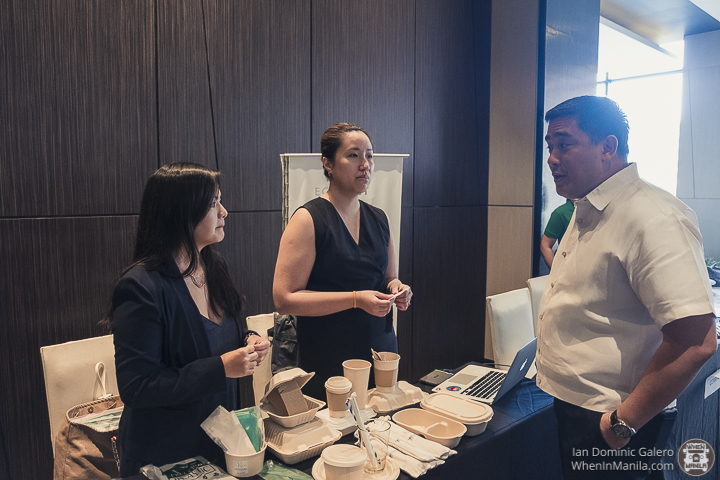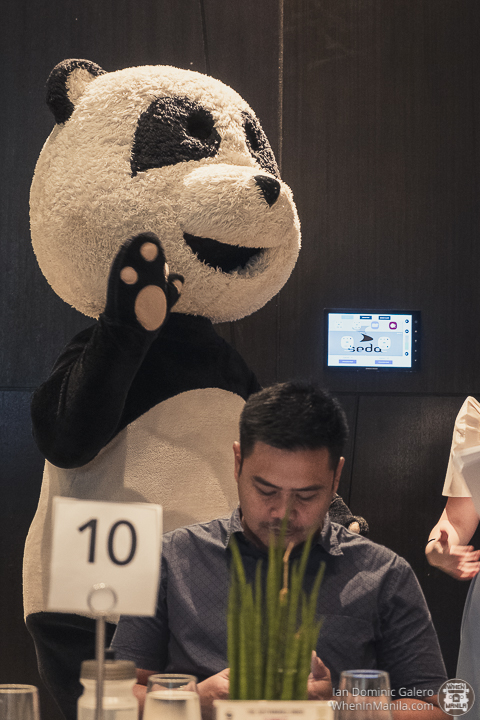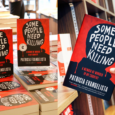Words by Howi Bakunawa
Photos by Ian Dominic Galero
Why is food waste still a problem? Seriously. Out of all the problems that are part and parcel of the current climate crisis, food waste should easily be the most preventable. So why haven’t we solved it yet? The devil, of course, lies in the details of distribution.
In a world where so many people are forced to go hungry without having enough food for the day, food waste isn’t a problem that we could solve if we wanted to but a problem that must be immediately addressed. It is just as much of a social issue as it is an environmental one and it needs to be treated as such in order to be adequately resolved.
We all want to do things like save the planet or end world hunger but most of us are unsure of how to do it. We do things like eat less meat, drive less cars, and use less plastic. These efforts, without a doubt, do their part in addressing the current climate crisis. However, while admirable, individual lifestyle change shouldn’t be where we place the bulk of our efforts. At best, they should all be taken together as part of a broader solution toward systemic change. Food waste is a problem that is bigger than just one person. Now more than ever, we need different sectors of society coming together and working to make, enact, and maintain environmentally sustainable policies. That’s why I’m excited to see what The Sustainable Diner project of WWF-Philippines has in store.
The Sustainable Diner is a project spearheaded largely in part by WWF but also in partnership with a diverse set of stakeholders like the national and local government, the international community, the food service sector, and consumers like you and me. Representatives from each of these sectors gathered together last March 3 at SEDA Vertis North to talk about the project and how it puts forth an exciting, new solution to that most persistent yet preventable of problems: food waste.
The brilliance of the project lies in its simplicity. Food is something that obviously concerns us all and so reducing food waste is an effort that should involve each one of us. In that regard, The Sustainable Diner project asks us to confront a simple yet critical question seldom asked: “Where does our food come from? How does it get from the farm to our plates?” By asking a question like that, the aim of the project is to better manage each step of food production. Its goal is to make sure that the food we eat is sustainably produced with the least impact on the environment and that none of it goes to waste.
Curious passersby, most notably those from the restaurant industry, connect
with environmental entrepreneurs and talk about the benefits of sustainable
food-packaging at the event’s showroom.
It’s reassuring to know that we can count on the support of each of the people involved at each step of food production, from farm to plate, to make this project possible. Just a few noteworthy names present and accounted for at the summit were Joel Palma, the Executive Director of WWF-Philippines, who gave us his opening remarks and emphasized both the urgency and necessity of immediate action in dealing with environmental issues. Melody Melo-Rijk, the project manager of The Sustainable Diner in the Philippines also talked more about the project in earnest.
LOOK: Also among those in attendance was WWF’s beloved panda mascot, Chi-chi!
The Sustainable Diner project is one that tries to better manage how food is handled in the 6 steps of its production in order to minimize food waste and environmental cost. These 6 steps are farming, post-harvest, processing, distribution, retail, and consumption. In this regard, you and I can think of The Sustainable Diner project as one big project with a lot of smaller projects underneath it, with each sub-project done in partnership with the sector most heavily involved in each of these 6 steps of food production. The list of sub-projects includes a food sharing program, a toolkit for hotel kitchens, and a cost-benefit study for businesses to integrate sustainable practices just to name a few. On the side of us consumers, The Sustainable Diner has also prepared a 9-step restaurant guide for us to try out the next time we eat out.
LOOK: 12 Sustainable Brands that are Proudly Pinoy
The project is a step in the right direction when it comes to addressing the issues brought about by the ongoing climate crisis. If anything’s for sure, it’s that a lasting solution isn’t something we can arrive at by ourselves. It will take rapid, far-reaching transitions from each of the sectors within society. The Sustainable Diner project tries to get everyone involved and, if scaled-up and in a few years’ time, could make food waste a thing of the past here in the Philippines.
Find out more about what you can do by checking out The Sustainable Diner’s 9-step restaurant guide! And follow them on their websites below:
World Wildlife Fund for Nature (WWF) -Philippines
Official website: wwf.org.ph
Facebook: WWF.Philippines
Instagram: wwfphilippines
Twitter: WWF_Philippines
YouTube: WWFPhilippines






